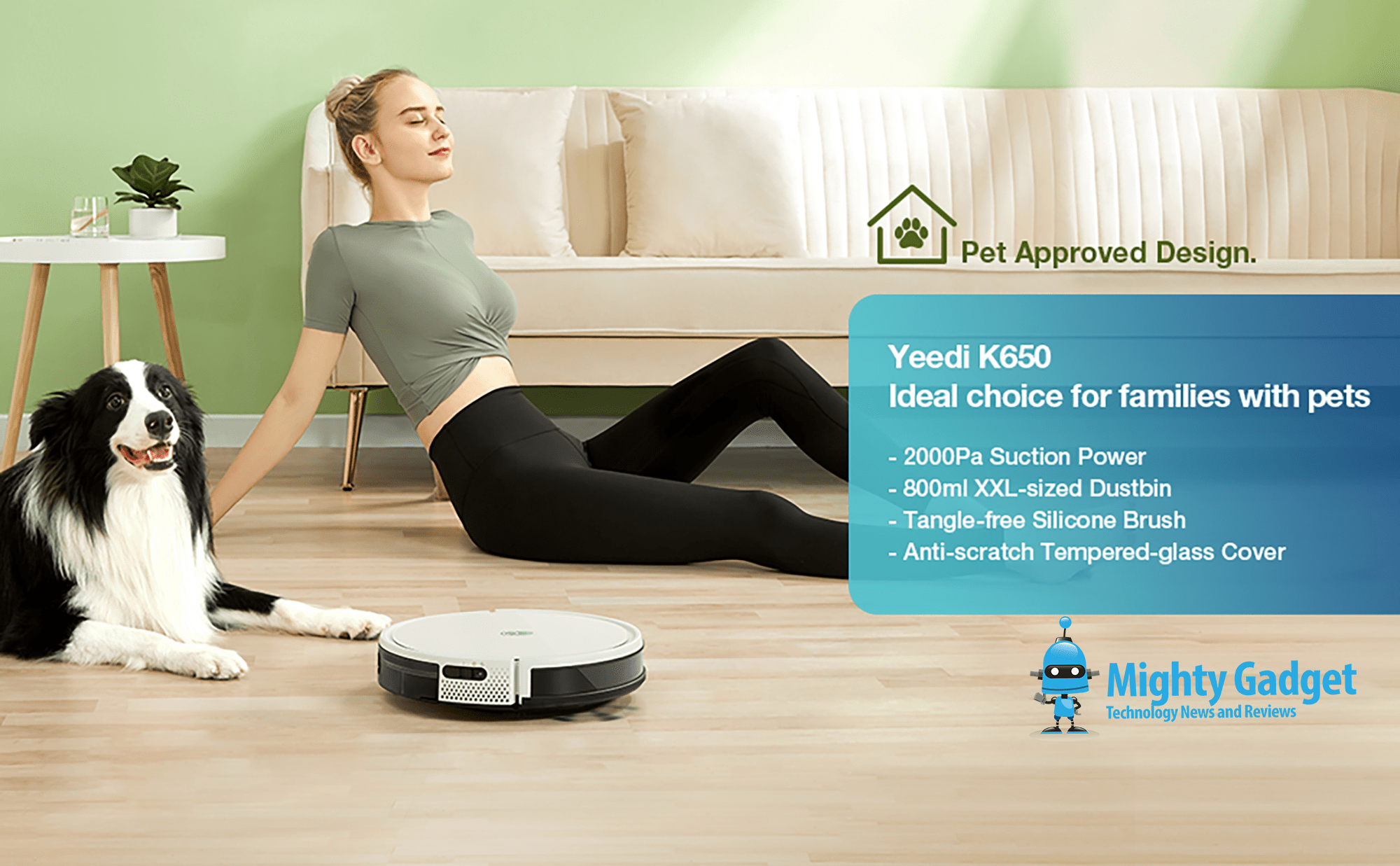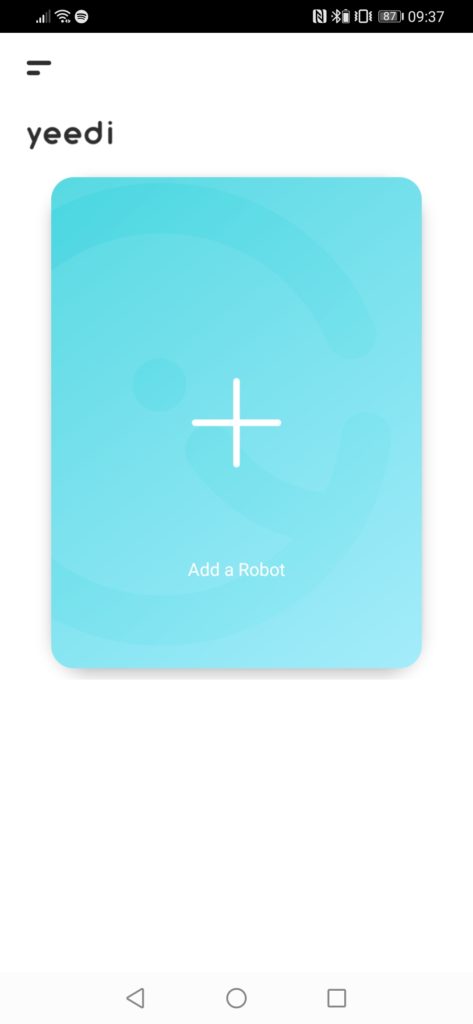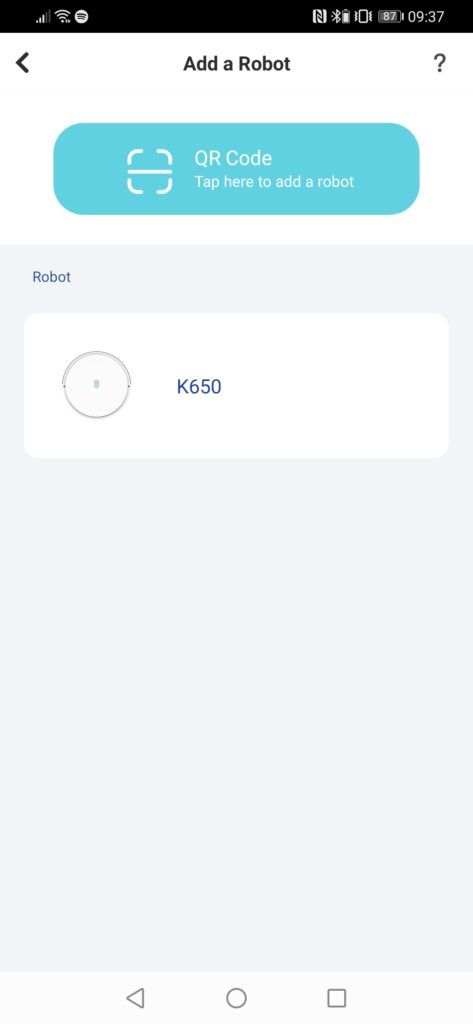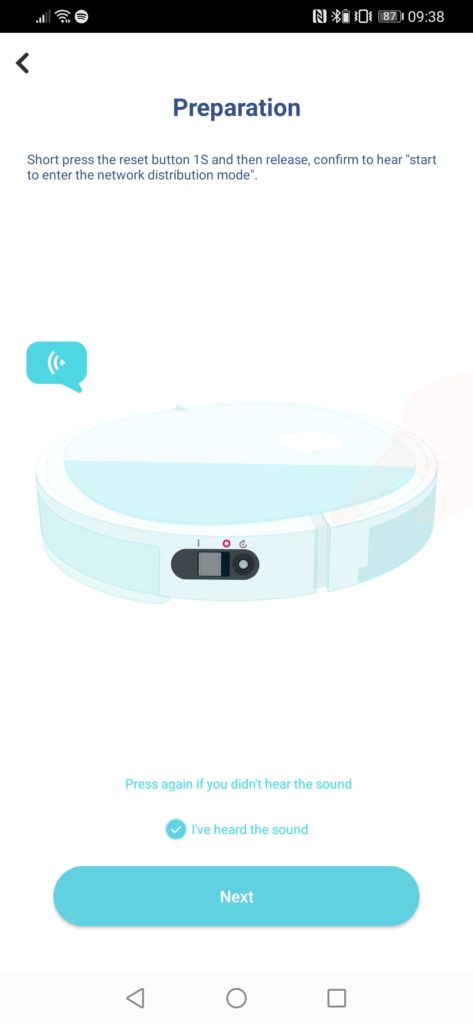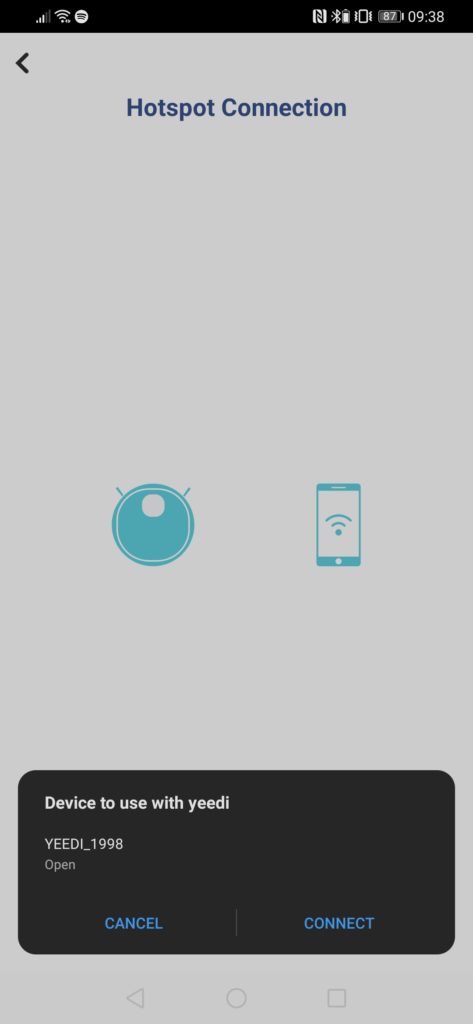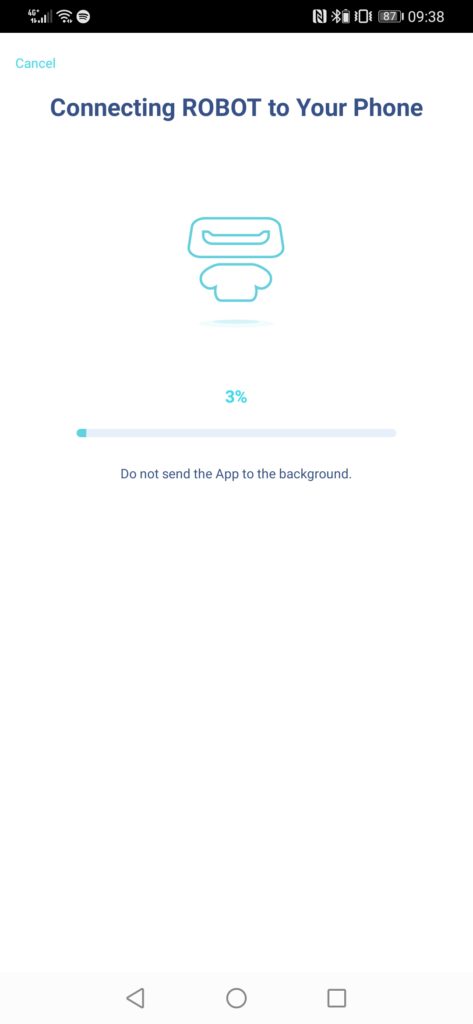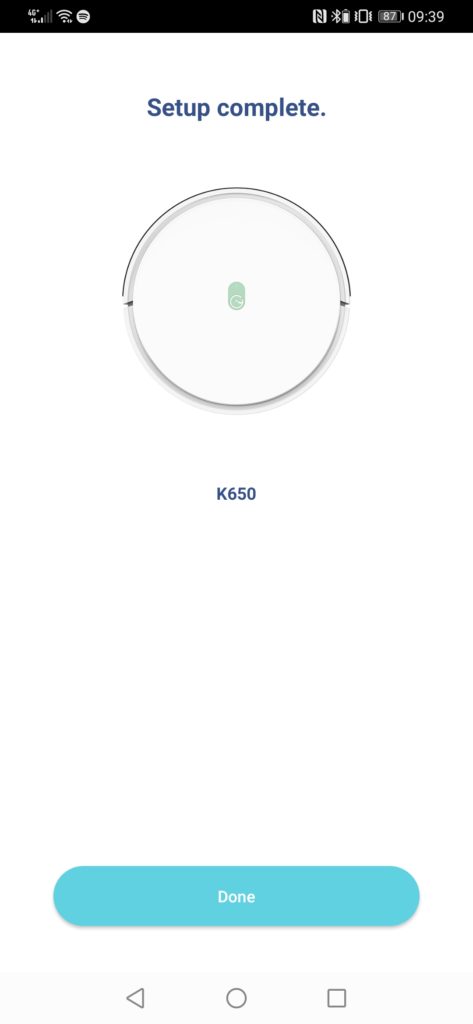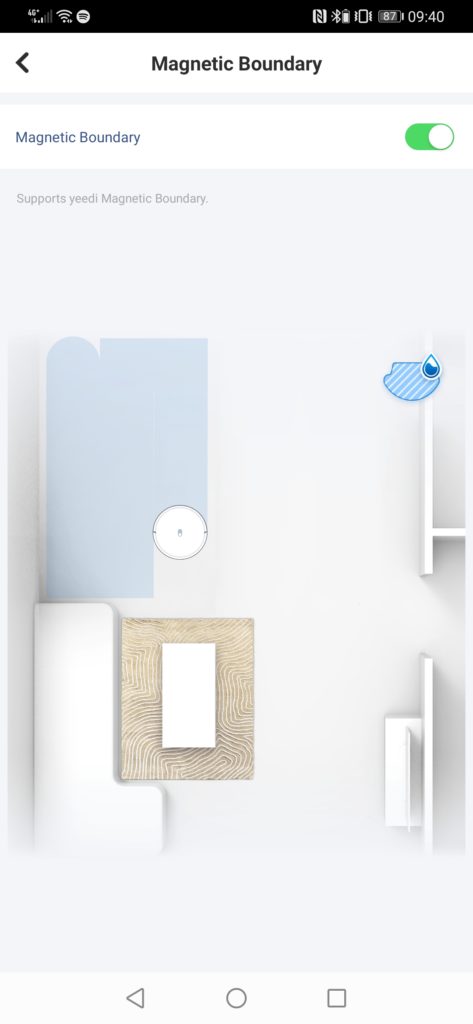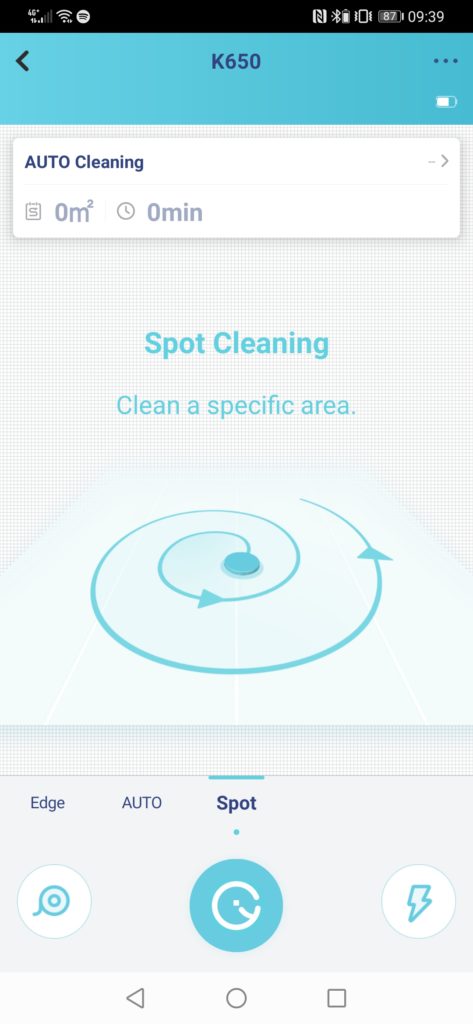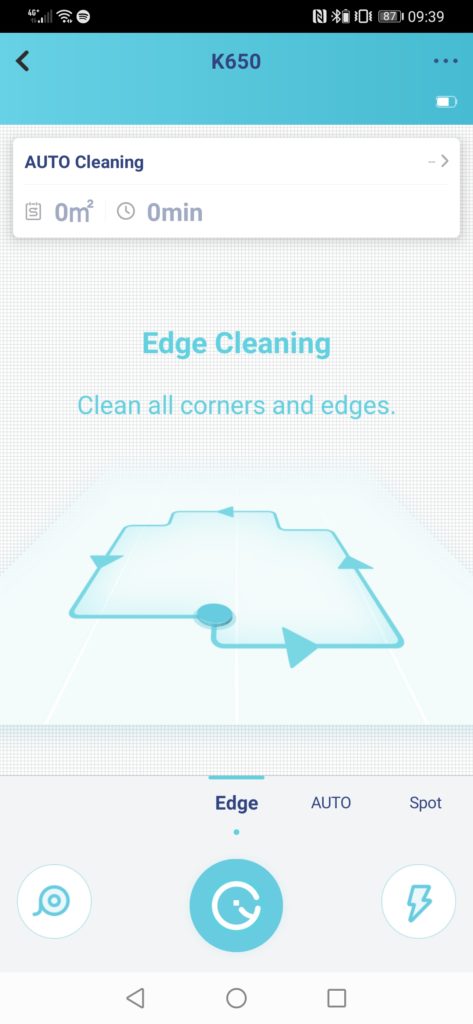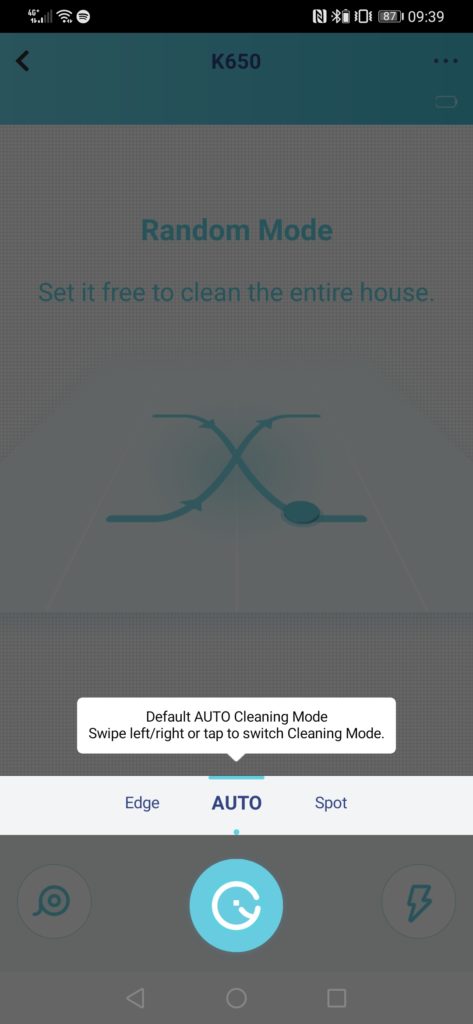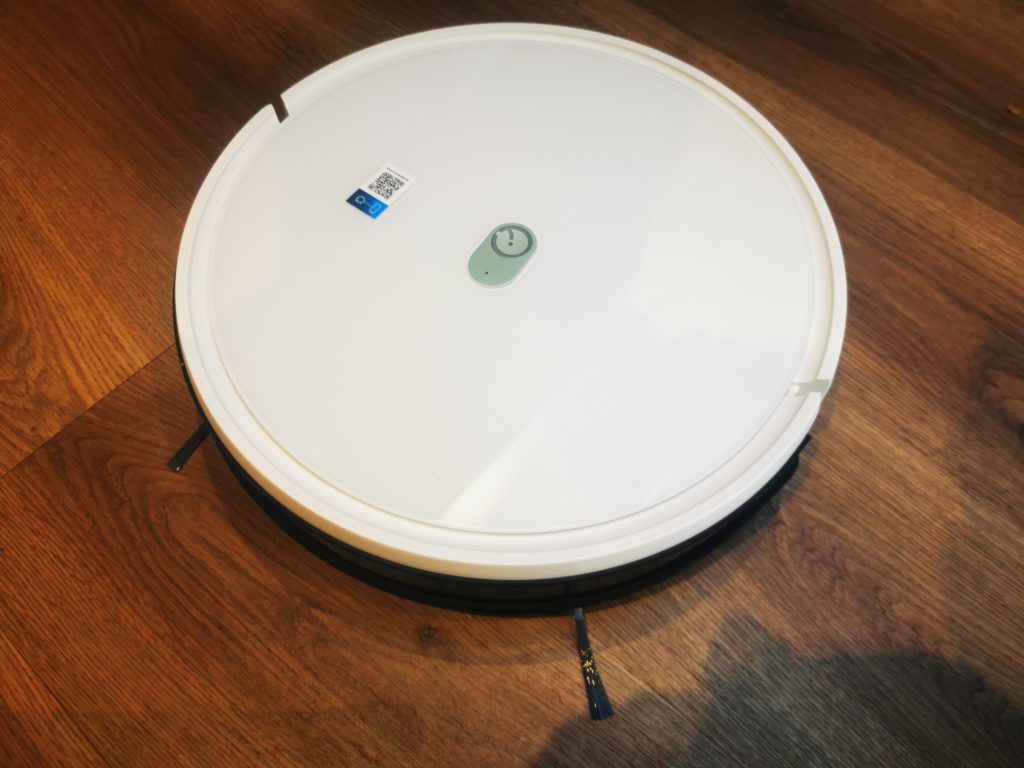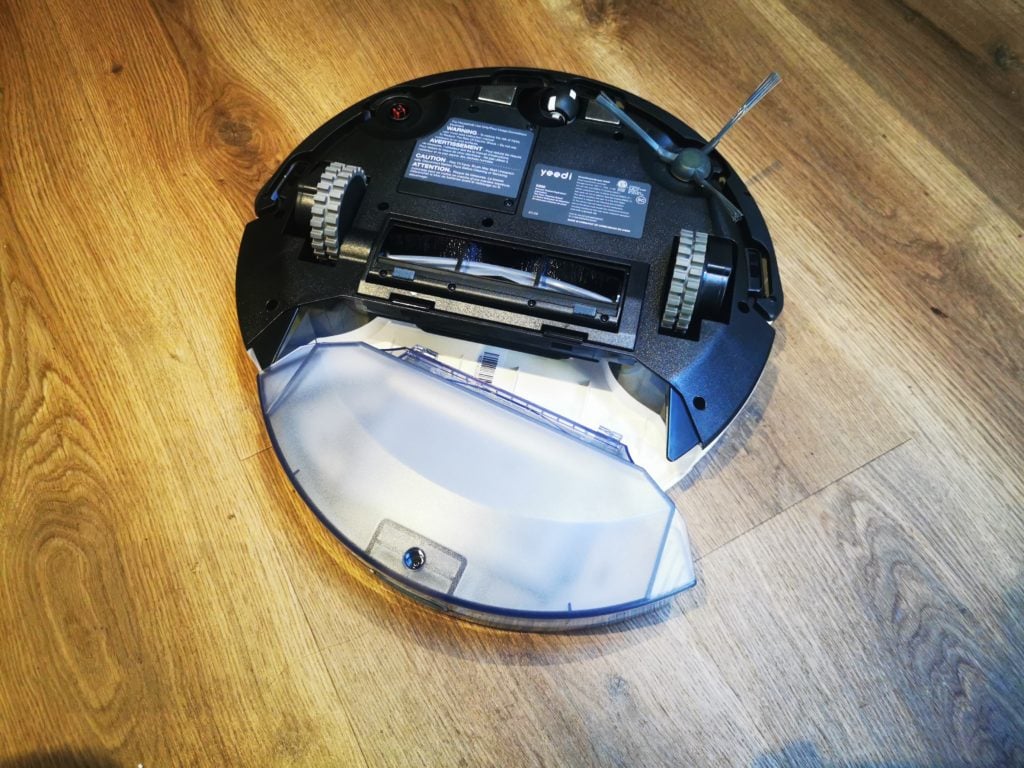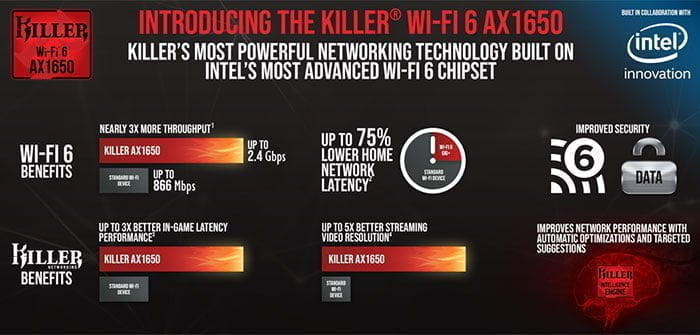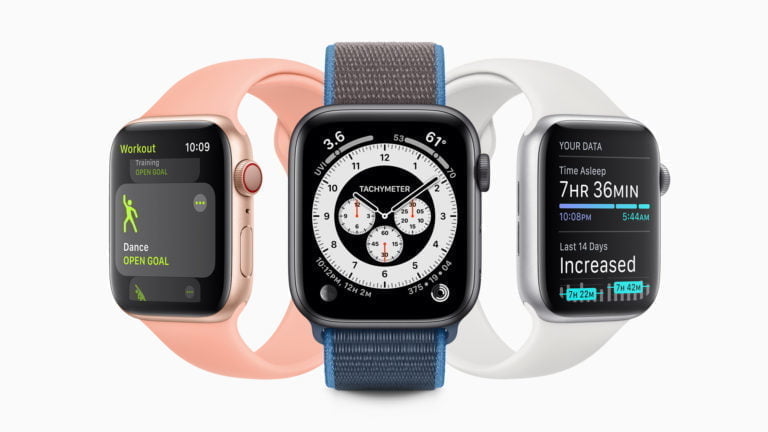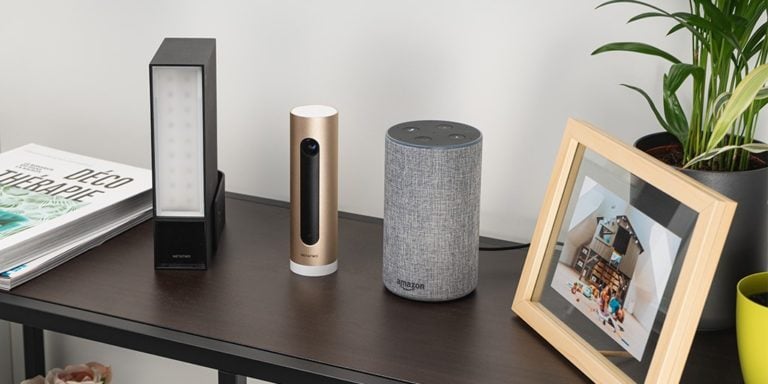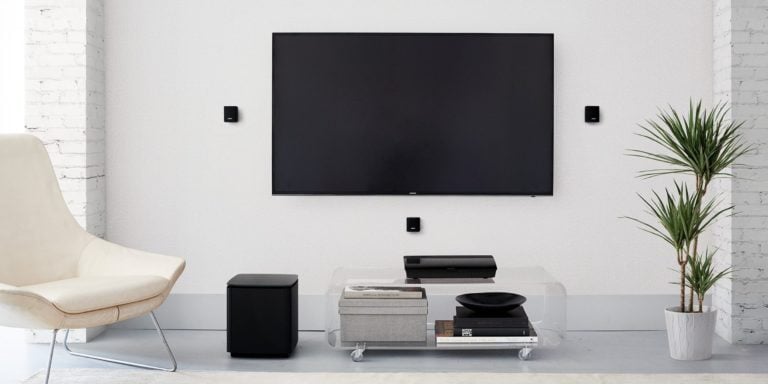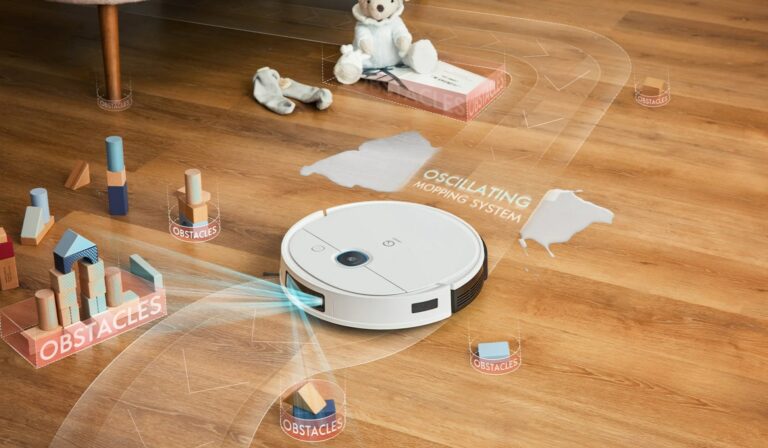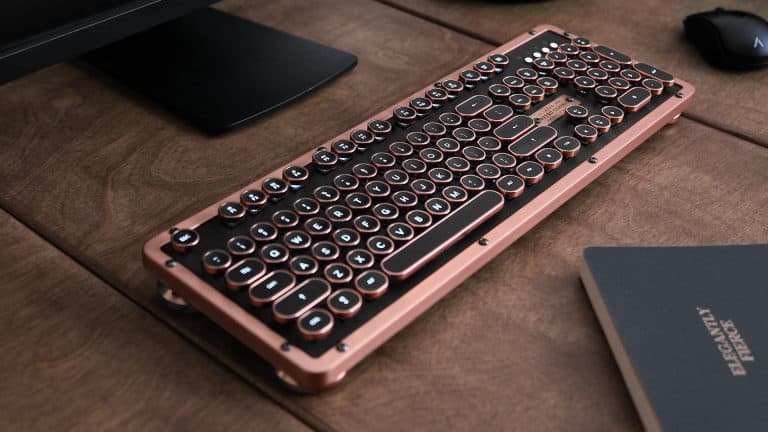Any links to online stores should be assumed to be affiliates. The company or PR agency provides all or most review samples. They have no control over my content, and I provide my honest opinion.
The Yeedi K650 a budget robot vacuum that is unfortunately not available in the UK currently. In the US you can pick it up on Amazon for $199.99 at full price or around $130 with the current (and regular) discounts. This makes it the cheapest robotic vacuum I have reviewed, and it is surprisingly good.
Yeedi K650 Robot Vacuum Specification
- Suction: 2000 Pa
- Climbing threshold: 0.71 in / 18 mm
- Dust Collector Capcity: 800ml
- WiFi/App : Yes 2.4 GHz
- App functions: Schedule, start/stop
- Mapping/Navigation: None
- Boundary Strips: Compatible (none supplied)
- Voice Control: Google and Alexa
- Noise: 56dB
- Run Time: 130 min
- Dimensions: 33.7 x 33.9 x 7.9 cm; 5.88 Kilograms
Yeedi K650 vs Eufy RoboVac 30C
Unpacking and setting up the Yeedi had a lot of similarities with the many Eufy Robovacs I have reviewed. I personally use the RoboVac 30C which I have been very happy with, it’s affordable and works well in my kitchen.
You can normally pick up the RoboVac 30C for around £200 which is quite a bit more expensive than the Yeedi.
While initially they looked the same, there are quite a lot of differences, with Eufy having so many models, some specs will be closer to than others.
The Yeedi has a 2000 Pa suction capacity, larger than the RoboVac 30C, but the same as other models such as the RoboVac G30.
The Yeedi states it has boundary detection, but you don’t get boundary strips, you need to buy this separately. During my time with it, the ones I already had laid down for Eufy appeared to work.
One advantage the Yeedi has is the larger 800ml dustbin whereas all the Eufy options have 25% less with 600ml.
The Yeedi 650 has a better claimed climbing height than Eufy at 0.71 in / 18 mm vs 0.63 in/16mm. We have a clothes drying rack in our kitchen, and the Eufy can just about get over it, though drags it around the kitchen. I haven’t noticed the Yeedi manage to climb over this yet. So I am not convinced the Yeedi is better at climbing.
One downside of the Yeedi is a touch bigger with 0.7cm extra height, so it is more likely to catch when trying to fit under furniture.
- The Yeedi measures: 33.7 x 33.9 x 7.9 cm
- The Eufy measures: 32.5 x 32.5 x 7.25 cm
Yeedi and Eufy share many features of their apps, while they are app-controlled, they are not super smart, you can set up schedules, start/stop and set the cleaning mode, that’s about it.
Set-Up
Set up was straightforward, about the same as most WiFi equipped smart devices. You connect to the Yeedi WiFi network, pass over your credentials then it updates. I experienced no problems, and the app appears to be quite well designed.
It is worth noting that the app has some awful reviews on the Play Store, but I haven’t experienced any problems with it. I few people have complained about not being able to connect to WiFi, I would bet this is due to them using their WiFi with 2.4Ghz/5Ghz coexistence, which can often confuse IoT devices. Normally, the solution to this is to disable or separate the 5Ghz channel, get everything set up then renable it.
Once connected, the only thing I ever use the app for is setting the schedule, from time to time, I will manually start the vacuum.
Performance
Like all affordable robotic vacuums, this lack mapping, so you set a schedule, and it bounces around your room until the battery is dying then it returns back to its charging dock.
My usage scenario is not very challenging for this type of vacuum, I have it in a reasonably large kitchen diner with lots of open space. It works brilliantly in this scenario, happily setting off daily to keep the kitchen semi-clean throughout the week.
It seems to be quite good at cutting into corners and doing a thorough job of sweeping up, and the dust box often revealed quite a lot of mess even though the kitchen looked mostly clean.
I don’t particularily sit there and watch my robotic vacuums, so it is hard to really compare to the Eufy RoboVac 30C accurately.
However, a couple of small points:
- It seemed to have more trouble than Eufy coping with a heated clothing airer we have in the kitchen. Neither does an amazing job. Eufy normally just about gets over it, then gets stuck in the middle of it for a while.
- It appeared to spend a disproportionate amount of time around our dining table. It looks like the crude navigation got a little confused and just circled around the chair legs a few times.
- We have a sideboard that the Eufy fits under, but the Yeedi didn’t quite.
These are not major issues, for me, it is to be expected from this sort of vacuum.
Battery life does seem to be good, again, I don’t spend a lot of time watching it, and with the schedule it has been happily starting up, doing its job and going back home with minimal intervention from me.
As with all robotic vacuums, we do still do a bit of manual cleaning, on carpets we normally use our Vorwerk Kobold, but in the kitchen, it is normally just brushing up the very hard to reach places and the occasional mop.
Price and Alternative Options
| Preview | Product | Rating | Price | |
|---|---|---|---|---|

| yeedi k650 Robot Vacuum Cleaner - 2-in-1 Suction and Mop... | Buy on Amazon | ||

| eufy by anker RoboVac 30C Robot Vacuum Cleaner, BoostIQ,... | Buy on Amazon |
The Yeedi K650 does not appear to be available in the UK (though you could import it for an additional $100).
In the US it is priced at $199 RRP on Amazon, currently with $70 off and it is regularly around $149. That puts it onto the lower end of the spectrum for robotic vacuums, and I would say it is well worth the money.
The Yeedi K600 appears to be the cheapest on the market at around $100, it has a lower suction, lacks WiFi/App, has a shorter run time and does not appear to support boundary strips. It is a bargain for the price, but I’d say the Yeedi K650 is worth the extra.
The Goovi by Onson is a similar price ($145 with voucher). It lacks WiFi, but you can still schedule it via the remote, it has boundary support and comes with strips. It has a smaller dust collector, but it has slimmer by around 8mm.
Overall
I had low expectations for the Yeedi K650, with a current price of just $130 on Amazon US, it is one of the most affordable options on the market, but it offers comparable performance to the other robotic vacuums I have used.
It is a touch larger than other models, this allows it to have a much larger dustbin volume and a slightly longer battery, but at the sacrifice of it being a little taller so harder to fit under furniture.
Overall, I have been very impressed with the Yeedi K650, it does everything I need a robotic vacuum to do while being considerably cheaper than bigger brand name options.
Yeedi K650 Robot Vacuum Review Rating
Summary
For the price, there is not much I criticise here. I had no problems setting it up, scheduling worked well for me and the overall performance has been excellent.
Overall
90%-
Overall - 90%90%
Pros
- Lower price than competing brands
- WiFi schedule works well
- It seems to clean well
Cons
- Random navigation is not the most efficient
- Might not fit underthings, or may get stuck climbing over them
I am James, a UK-based tech enthusiast and the Editor and Owner of Mighty Gadget, which I’ve proudly run since 2007. Passionate about all things technology, my expertise spans from computers and networking to mobile, wearables, and smart home devices.
As a fitness fanatic who loves running and cycling, I also have a keen interest in fitness-related technology, and I take every opportunity to cover this niche on my blog. My diverse interests allow me to bring a unique perspective to tech blogging, merging lifestyle, fitness, and the latest tech trends.
In my academic pursuits, I earned a BSc in Information Systems Design from UCLAN, before advancing my learning with a Master’s Degree in Computing. This advanced study also included Cisco CCNA accreditation, further demonstrating my commitment to understanding and staying ahead of the technology curve.
I’m proud to share that Vuelio has consistently ranked Mighty Gadget as one of the top technology blogs in the UK. With my dedication to technology and drive to share my insights, I aim to continue providing my readers with engaging and informative content.
Last update on 2025-07-06 / Affiliate links / Images from Amazon Product Advertising API

